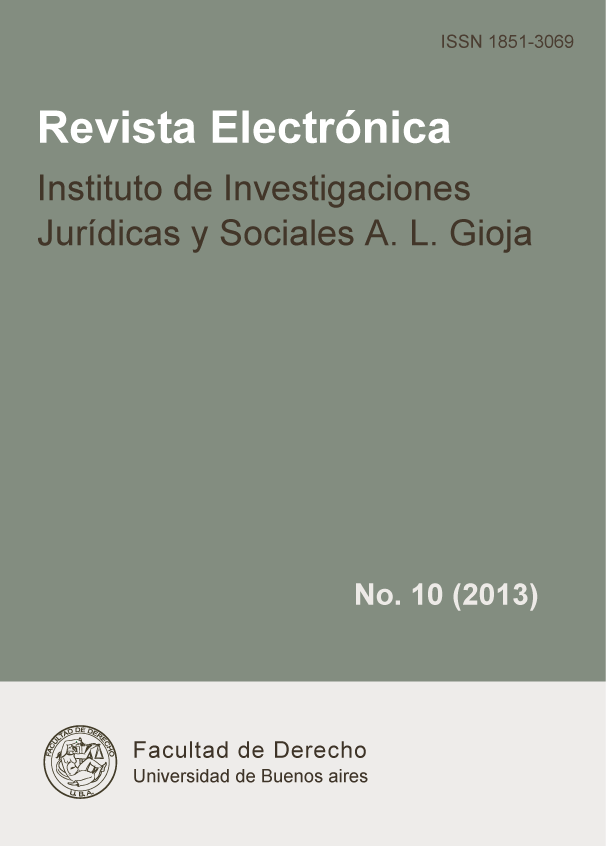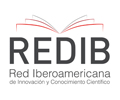THE TENDENCY TOWARDS AN ENHANCED ROLE OF JUS COGENS NORMS IN INTERNATIONAL LAW: COURSES OF ACTION, RISKS AND UTOPIAS
Keywords:
Antonio Cassese, Fragmentation, Jus Cogens, Peremptory NormsAbstract
The article is a tribute to late judge Antonio CASSESE that studies one of his final papers on the role of jus cogens norms in International Law, published posthumously in 2012. In order to do this, the author tries to prove, using CASSESE’s views and analyzing the latest decisions of different international tribunals, that the essential aim of enhancing the role of peremptory norms is not an impossible one. Apart from this, this article examines not only with the notion of fragmentation of International Law, but also with the solutions that imperative norms could bring to normative conflicts in International Law. Last but not least, the author offers a perspective on the risks that could be derived from the misuse of the concept of jus cogens norms in order to justify every decision of a tribunal without a solid argumentation.
Downloads
References
ABI-SAAB, G. (1999) “Fragmentation or unification: some concluding remarks”. En NYU Journal of International Law and Politics, 1999, Vol. 31, Nº 4, 919-933, disponible en http://www.pict-pcti.org/publications/PICT_articles/JILP/Abi_Saab.pdf [sitio consultado el 31- 03-2013]
BIANCHI, A. (2008) “Human Rights and the Magic of Jus Cogens”. En EJIL, 2008, Vol. 19, Nº3, 491-508.
CASSESE, A. (2005) International Law. Second Edition. Oxford, Oxford University Press, 2005.
CASSESE, A. (2012) "For an Enhanced Role of Jus Cogens". En Cassese [Ed] Realizing Utopia: The Future of International Law, Oxford, Oxford University Press, 2012, pp. 158-171.
CRIDDLE, E., y FOX-DECENT, E. (2009) “A Fiduciary Theory of Jus Cogens”. En Yale Journal of International Law, 2009, Vol. 33, 331-387.
DE WET, E. (2004) “The Prohibition of Torture as an International Norm of jus cogens and Its Implications for National and Customary Law”. En EJIL, 2004, Vol. 15, Nº1, 97-121.
KOSKENNIEMI, M. (1997), “Hierarchy in International Law: A Sketch”. En EJIL, 1997, Vol. 8, 566-582.
LINDERFALK, U. (2008) “The Effect of Jus Cogens Norms: Whoever Opened Pandora’s Box, Did You Ever Thing About the Consequences?”. En EJIL, 2008, Vol. 18, Nº5, 853-871.
MALARINO, E. (2010) "Activismo judicial, punitivización y nacionalización. Tendencias antidemocráticas y antiliberales de la Corte Interamericana de Derechos Humanos". En AMBOS K. Y MALARINO, E. [Coord.], Sistema interamericano de protección de los derechos humanos y derecho penal internacional, Montevideo, Konrad-Adenauer-Stiftung, e. V, 2010, 25-61.
NEUMAN, G. (2008) “Import, Export, and Regional Consent in the Inter-American Court of Human Rights”. En EJIL, 2008, Vol. 19, Nº1, 101-123.
PETERS, A. (2006) “Compensatory Constitucionalism: The Function and Potential of Fundamental International Norms and Structures”. En Leiden Journal of International Law, 2006, Vol. 19, 579-610.
PETSCHE, M. (2010) “Jus Cogens as a Vision of the International Legal Order”. En Penn State International Law Review, 2010, Vol. 29, Nº 2, p. 233-274.
RUIZ FABRI, H. (2012) “Enhancing the Rhetoric of Jus Cogens”. En EJIL Journal of International Law, 2012, Vol. 23, Nº 4, 1049-1058.
SIMMA, B. (2004) “Fragmentation in a positive light”. En Michigan Journal of International Law, 2004, Vol. 25, 845-848.
SIMMA, B., y PULKOWSKI, D. (2006) “Of Planets and the Universe: Self-contained Regimes in International Law”. En EJIL, 2006, Vol. 17, Nº 3, 483-529.
SPIERMANN, O. (2012) “Professor Walther Schücking at the Permanent Court of International Justice”. En EJIL Journal of International Law, 2011, Vol. 22, Nº 3, 783-799.
VILLALPANDO, S. (2010) “The Legal Dimension of the International Community: HowCommunity Interests Are Protected in International Law”. En EJIL, 2010, Vol. 21, Nº2, 387-419.
VON VERDROSS, A. (1937) “Forbidden Treaties in International Law”. En American Journal ofInternational Law, 1937, Vol. 31, Nº 4, 571-577.
YOUNG, M. (2012) "Introduction: The Productive Friction Between Regimes", en Young [Ed]Regime Interaction in International Law: Facing Fragmentation, Oxford, Oxford University Press, 2012, 1-19.
Downloads
Published
Issue
Section
License

This work is licensed under a Creative Commons Attribution-NonCommercial 4.0 International License.
Los/as autores/as que publican en esta revista están de acuerdo con los siguientes términos:
1. Los/as autores/as conservan los derechos de autor y garantizan a la revista el derecho de ser la primera publicación del trabajo al igual que licenciado bajo una Creative Commons Attribution-NonCommercial 4.0 International License que permite a otros compartir el trabajo con un reconocimiento de la autoría del trabajo y la publicación inicial en esta revista.
2. Los/as autores/as pueden establecer por separado acuerdos adicionales para la distribución no exclusiva de la versión de la obra publicada en la revista (por ejemplo, situarlo en un repositorio institucional o publicarlo en un libro), con un reconocimiento de su publicación inicial en esta revista.
3. Se permite y se anima a los/as autores/as a difundir sus trabajos electrónicamente (por ejemplo, en repositorios institucionales o en su propio sitio web) antes y durante el proceso de envío, ya que puede dar lugar a intercambios productivos, así como a una citación más temprana y mayor de los trabajos publicados (Véase The Effect of Open Access) (en inglés).














